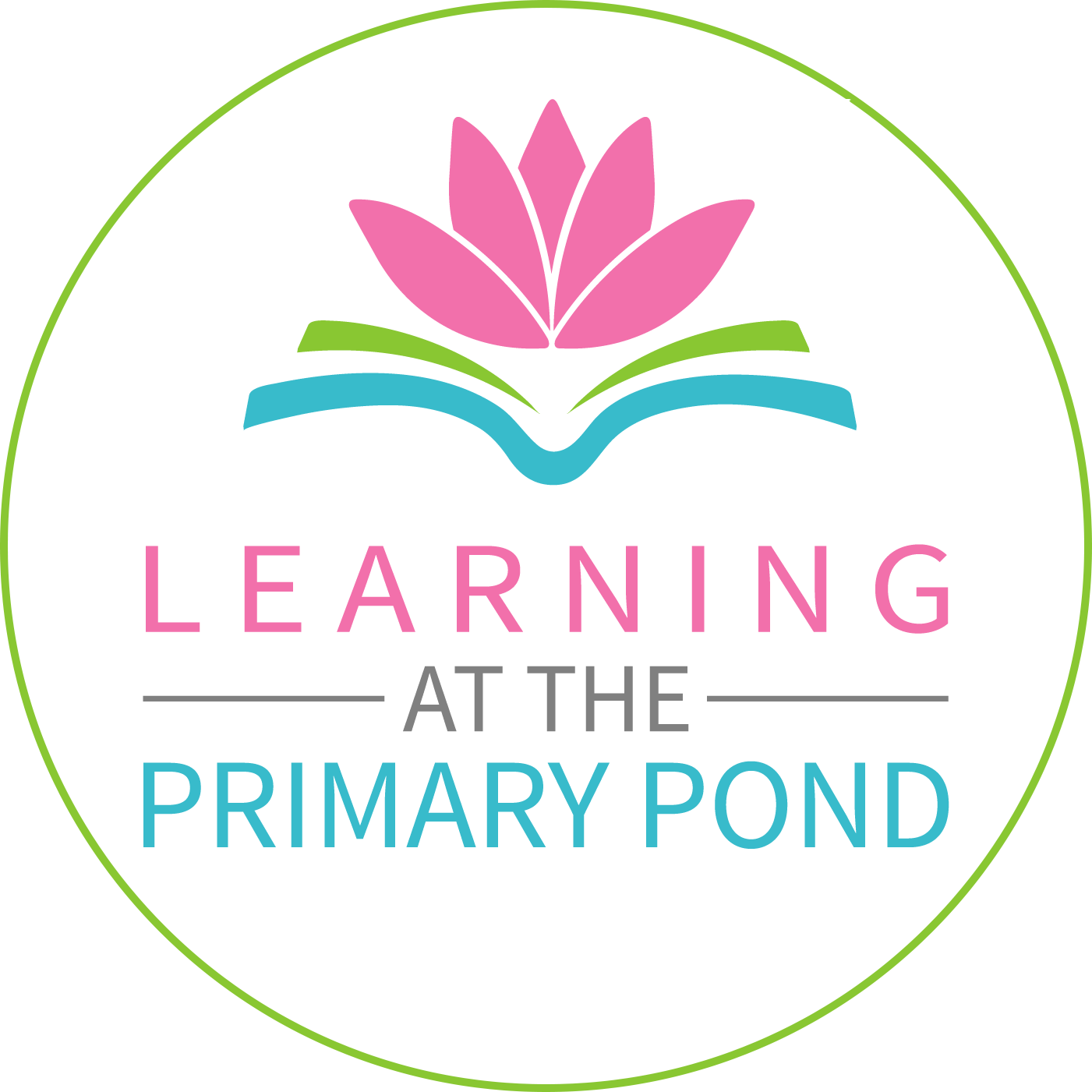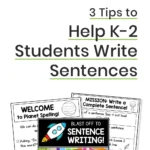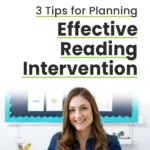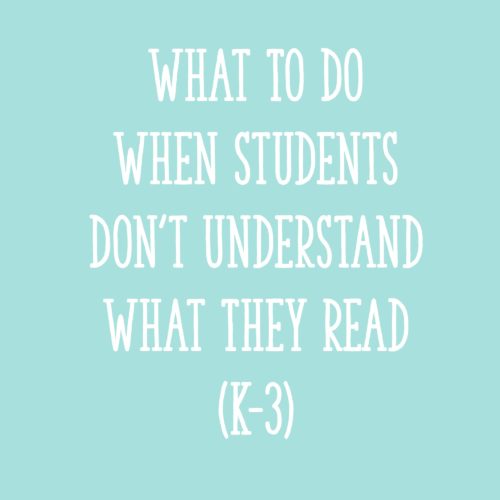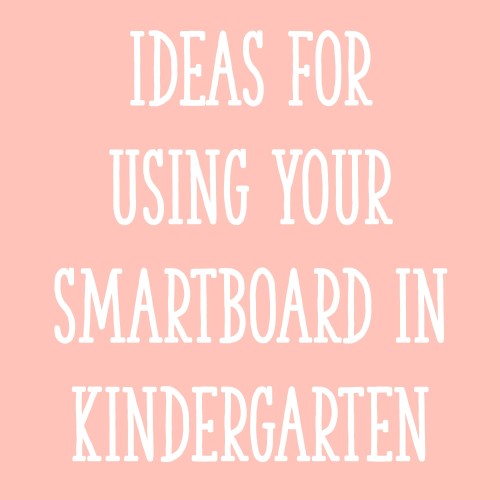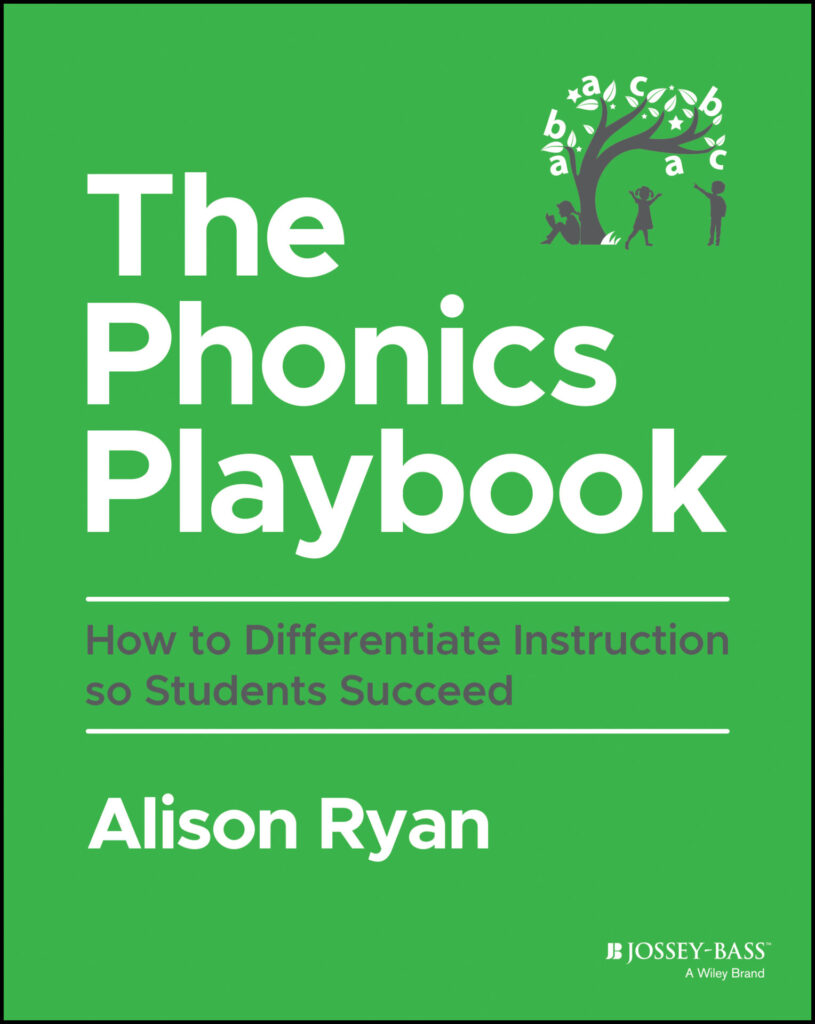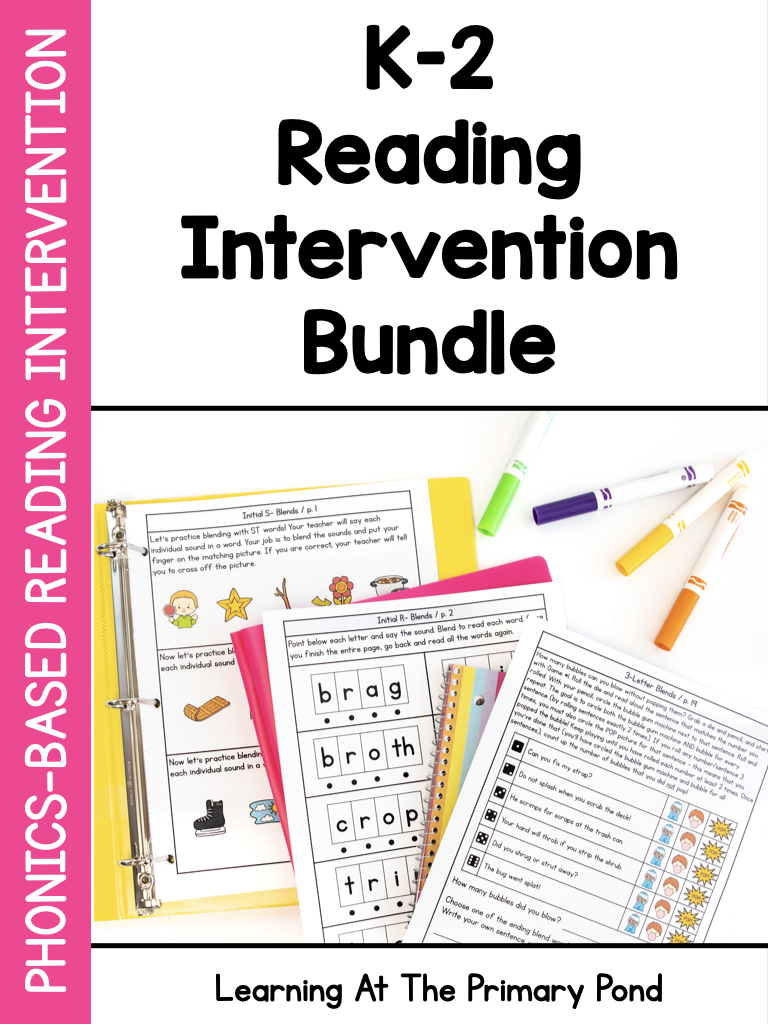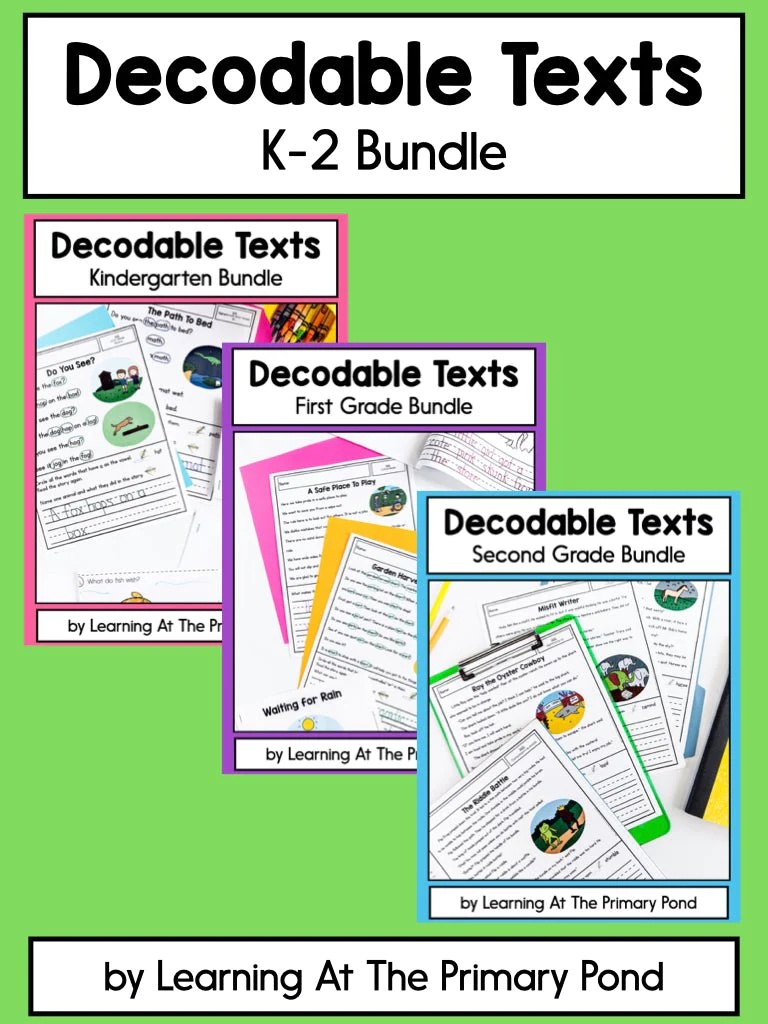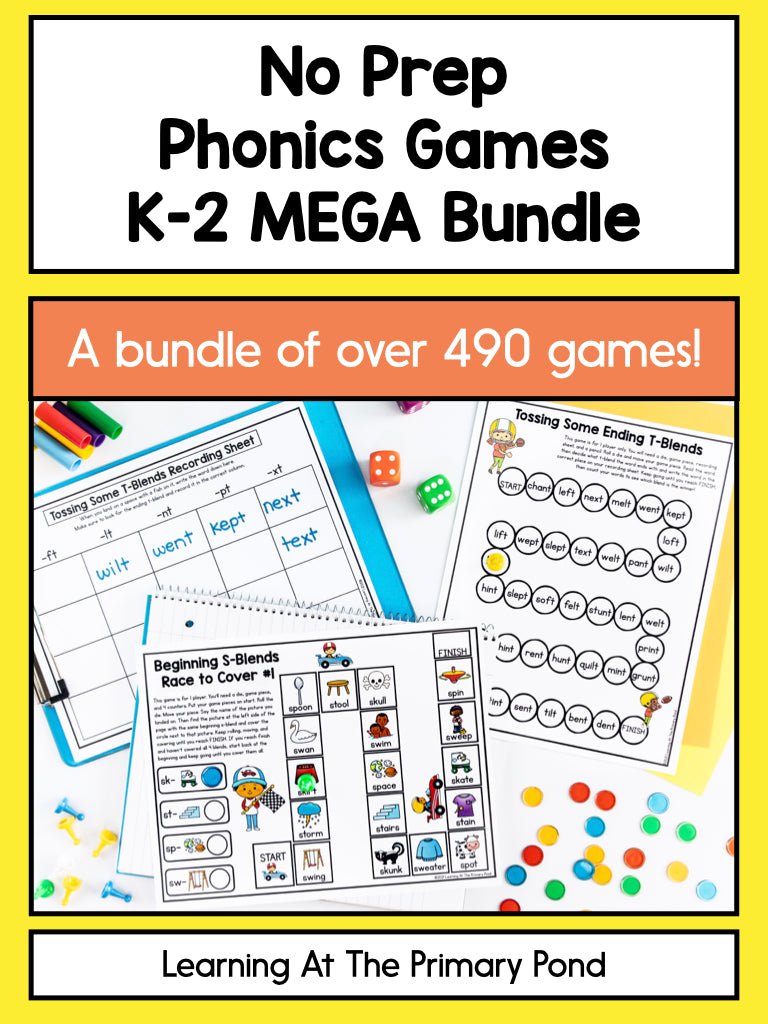Looking for an easy and effective way to strengthen your students’ writing? You’ve come to the right place!
Teachers are always asking me how they can help strengthen their students’ writing. I often hear teachers say their students can follow along during the writing lesson, but then they struggle to apply taught skills independently.
If this sounds like you and your students, keep reading!
One model I come back to time and time again when supporting teachers and students with writing is the gradual release of responsibility model.
In this blog post, I’ll explain the gradual release of responsibility model and how you can use it to strengthen your students’ writing!
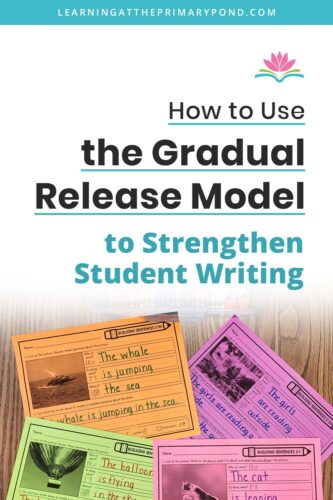
What is the gradual release of responsibility model?
The gradual release of responsibility model is a teaching strategy that gradually shifts the work load from the teacher to the students.
This model has 3 main phases:
- Direct Instruction
- Guided Practice
- Independent Practice
In the first phase, Direct Instruction, the teacher fully models a new concept or skill. Students actively listen and observe while the teacher leads the instruction.
This Direct Instruction phase is also known as the “I Do” portion of the model. Teachers often use phrases like “watch me” or “my turn” to focus students’ attention.
Following the “I Do,” teachers move into Guided Practice, or the “We Do” phase. During the “We Do,” students and teachers actively engage in the work together. The teacher uses guiding questions, and students respond, contributing to the task they are completing together.
While the teacher might physically complete the task (e.g., by writing the answers), they rely on student input. This scaffolding provides support while maximizing student involvement. If students struggle, the teacher can always return to the “I Do” phase for additional modeling.
Once students have observed the teacher modeling and participated in Guided Practice, they’re ready for Independent Practice, also known as the “You Do” phase. Here, students apply what they’ve learned to their own independent work.
As students work independently, the teacher actively monitors their progress. If students struggle, the teacher can provide additional support by revisiting the “We Do” or “I Do” phases.
This model is effective for several reasons.
- First, it empowers students to take ownership of their learning.
- Second, it fosters student independence.
- Third, it allows for flexible differentiation, as teachers can move between the different phases of responsibility as needed.
- Finally, it provides opportunities for corrective feedback, which is essential for student growth.
How does this model apply to writing instruction?
Let’s explore the gradual release model through a sample lesson, focusing on sentence writing and using my Building Sentences Practice Sheets. This lesson is geared towards Kindergarten or First Grade.
The teacher begins by gathering students together and explaining that they will be working on writing complete sentences. The teacher then reviews the characteristics of a complete sentence and shares a few examples.
Next, the teacher begins the “I Do” phase, modeling how to write a complete sentence using a picture. For example, the teacher might say:
“In this picture, I see a fox. First, I’ll write ‘the fox’ to answer the question ‘Who or what?’ on my worksheet.
Then, I need to write what the fox is doing. It looks like the fox is sleeping, so I’ll add ‘is sleeping’ to my worksheet. Now, I’ll combine these parts to form my complete sentence: ‘The fox is sleeping.’ Finally, I’ll check my sentence for capitalization, spacing, and punctuation.”
While one “I Do” example is often sufficient, teachers can provide a second example if needed.
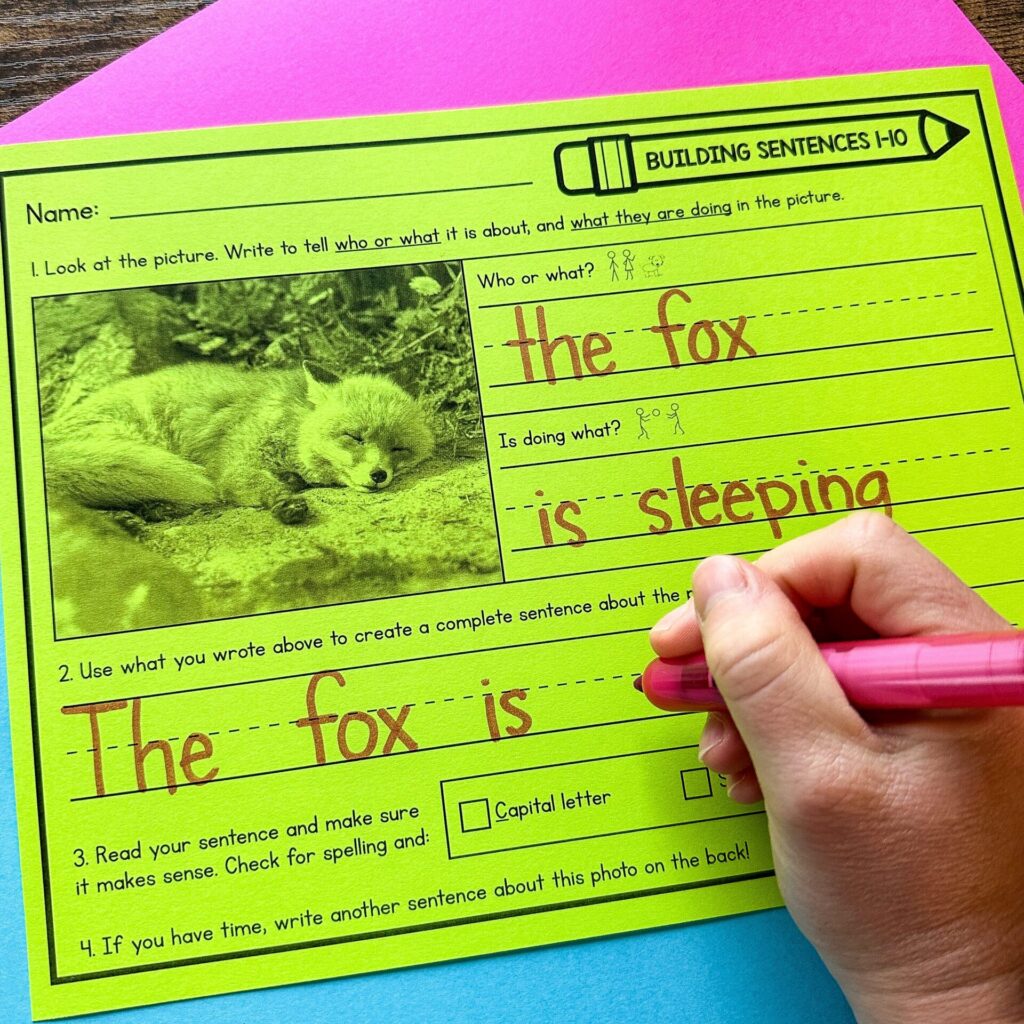
A common mistake during the “I Do” phase of any lesson is asking too many questions of the students. Some teachers find it uncomfortable not to involve students during this portion of the lesson, and they worry students might get bored
But if we skip the modeling phase or break it up by asking questions, kids aren’t getting a complete picture of how to complete the task. They need to watch and listen to us do it – even if that feels a little uncomfortable at first.
Following the “I Do” phase, the teacher moves into the “We Do” phase.
“Now,” the teacher says, “let’s work together to write a complete sentence about this new picture. What do you see?” (Students respond.) “Great, I see a kid too! So, I’ll write ‘the kid’ to answer ‘Who or what?’ on my worksheet.” (The teacher writes ‘the kid.’) “Okay, what’s the kid doing?” (Students respond.) “Yes, kicking a ball! I’ll write ‘is kicking’ on the next line.” (The teacher writes ‘is kicking.’)
“Now, how can we combine these phrases to make a complete sentence?” (Students respond.) “Excellent! ‘The kid is kicking.'” (The teacher writes the complete sentence.) “Let’s check our work. Thumbs up if I have a capital letter!” (Students respond.) “Good! Are my words spaced correctly?” (Students respond.) “Perfect! Do I have the right punctuation?” (Students respond.) “Wonderful! And are all the words spelled correctly?” (Students respond.) “Fantastic! Let’s read the whole sentence together: ‘The kid is kicking.'”
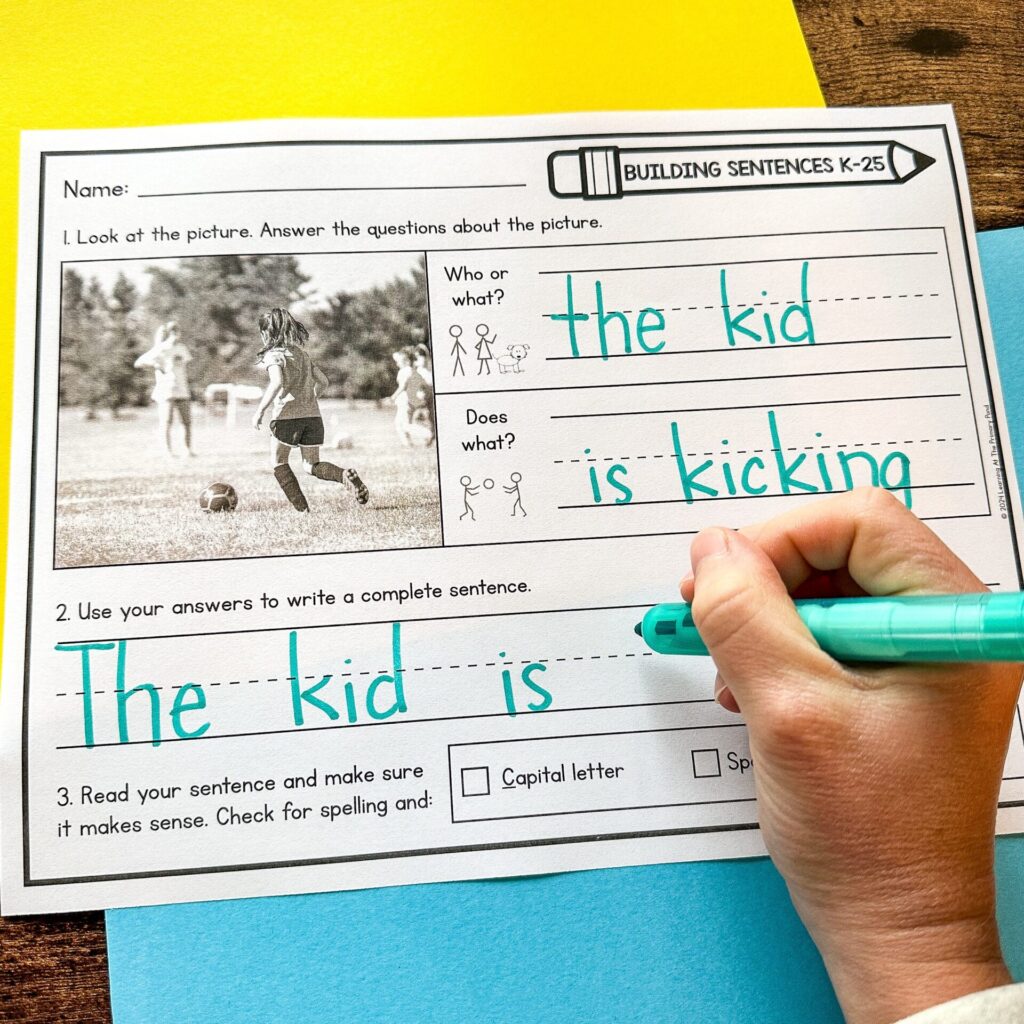
The teacher can repeat this “We Do” phase as needed until students are ready for independent practice. This flexibility is key to the model’s effectiveness.
Also, during the “We Do” phase, consider having students help spell the words as you write them. This increases their ownership of the writing process and prepares them for independent work. You could even have students come up and write the words on the worksheet themselves!
When you feel the class is ready, review the instructions and transition to the “You Do” phase. Students now complete the activity independently. As they work, circulate and monitor their progress, providing corrective feedback (or error correction) that they can immediately apply to their work.
If some students are still struggling, don’t hesitate to do another “We Do” activity with the whole class or a small group. Targeted small group instruction can be especially helpful for those who need extra support.
What does this model look like with older students?
The examples above are from my Kindergarten and First Grade Building Sentences Practice Sheets. This resource is also available for second grade!
The same gradual release process applies to older students, but the content naturally becomes more complex.
For example, with second graders, you’ll model how to construct longer, more detailed sentences. I recommend completing at least two “We Do” examples together during the Guided Practice phase.
The advantage of multiple “We Do” examples is that you can gradually release responsibility within this stage. In the first “We Do,” you might lead more. By the second “We Do,” encourage students to contribute even more, perhaps by having them help with the actual writing on the model worksheet.
Here is a sample from the Second Grade Resource, demonstrating the increased complexity:
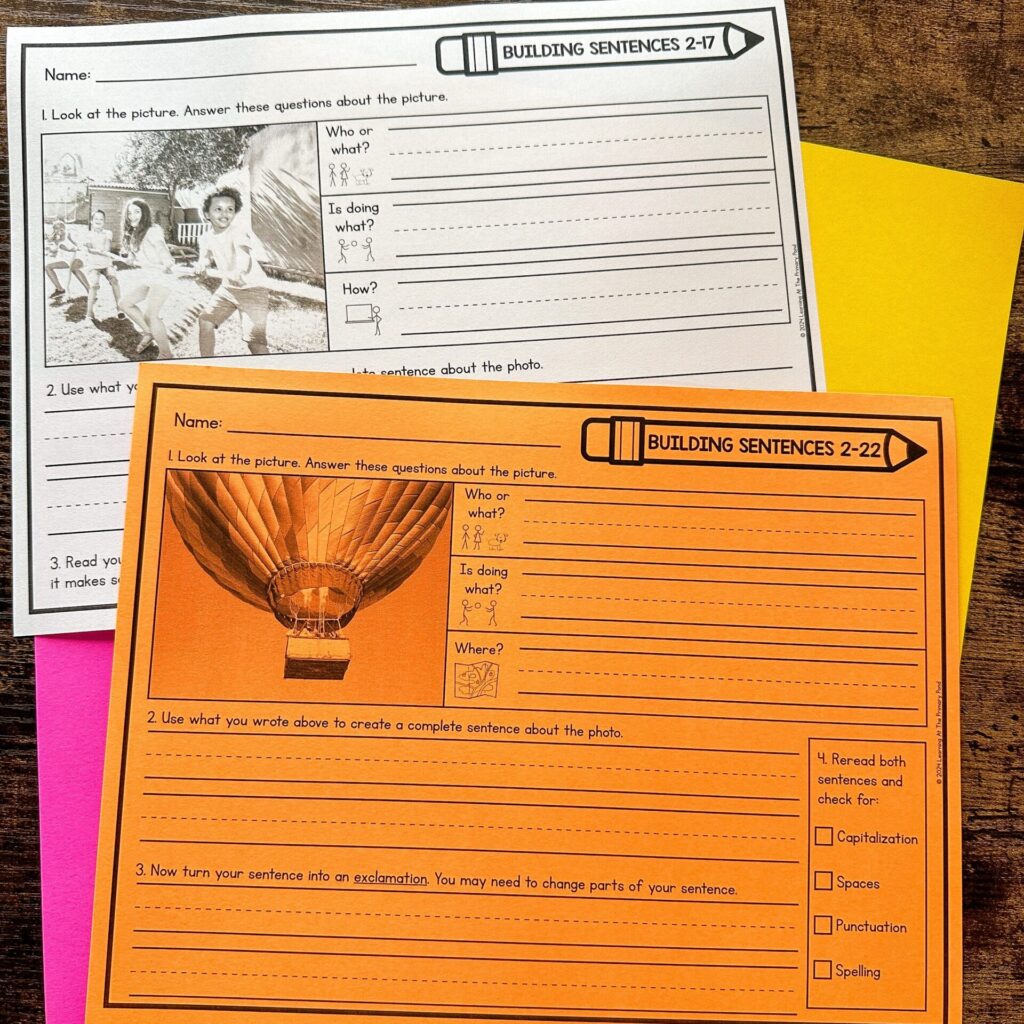
As you can see, the Second Grade worksheet requires more student input than the Kindergarten and First Grade versions.
For struggling second-graders, my K-2 Building Sentences Practice Sheets Bundle offers differentiated worksheets to support individual needs during the ‘You Do’ phase.
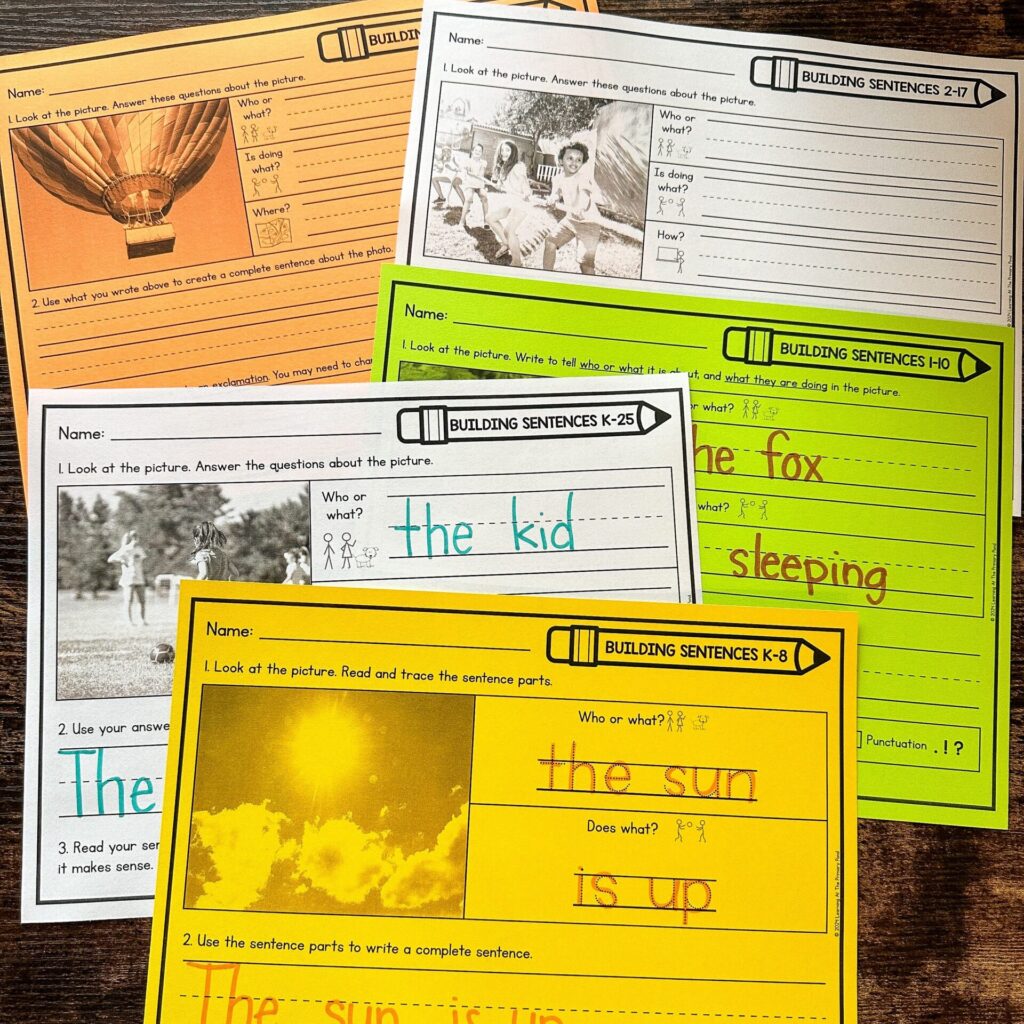
Conclusion
The gradual release of responsibility model is a powerful instructional strategy that deepens students’ understanding of any topic while fostering independence.
This post explored one way to use this model to strengthen student writing, but the possibilities are endless! You can apply this model to various writing skills, such as:
- writing in specific genres (narrative, informational, or persuasive)
- writing paragraphs
- editing their own (or a partner’s) writing
- writing more descriptively (adding adjectives, adverbs, and other details)
Ready to give your students the support they need to become confident writers? Head over to my TPT store to purchase my Building Sentences Practice Sheets for grades K, 1, and 2!
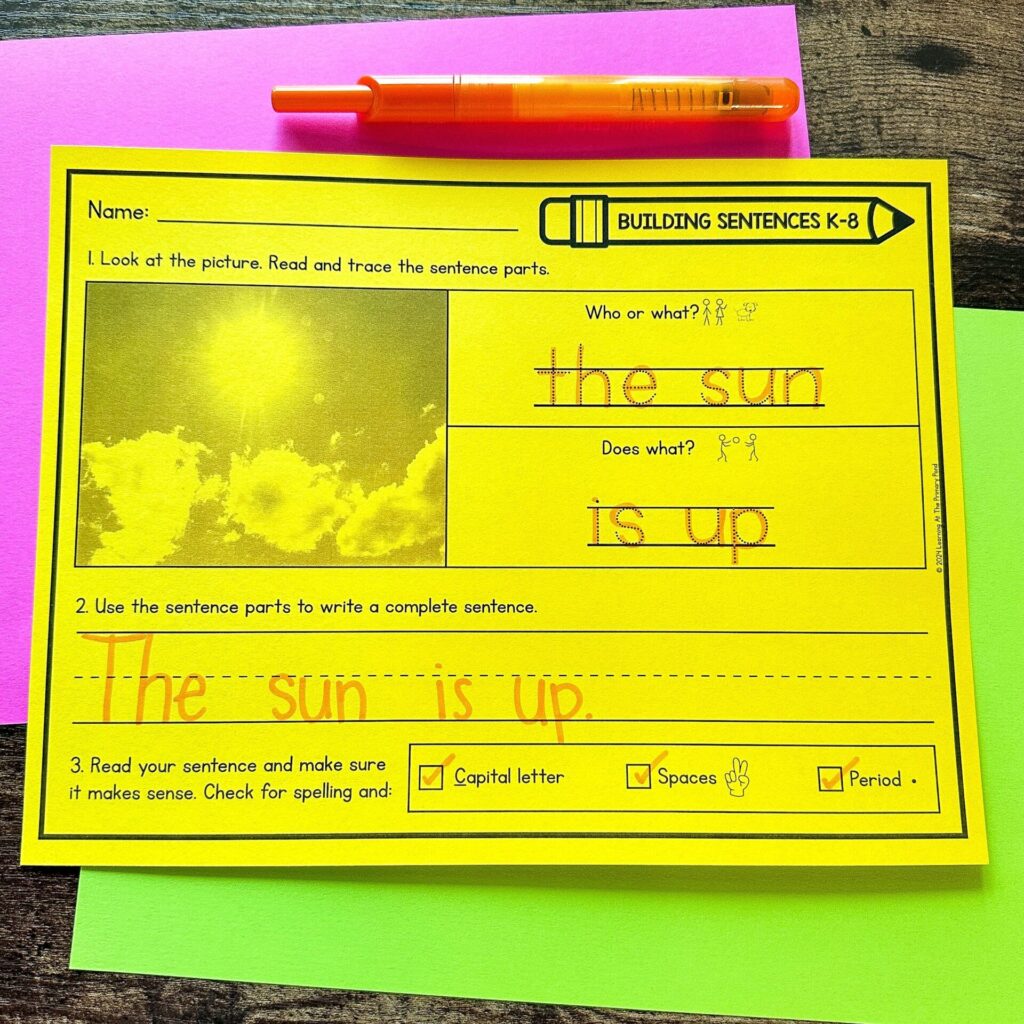
Looking for more support with teaching writing? If so, check out my Writing SOS Masterclass!
In this prerecorded video training, we dive deep into specific strategies for helping struggling writers in K-2. Click HERE to learn more about the Masterclass.
Happy teaching!
